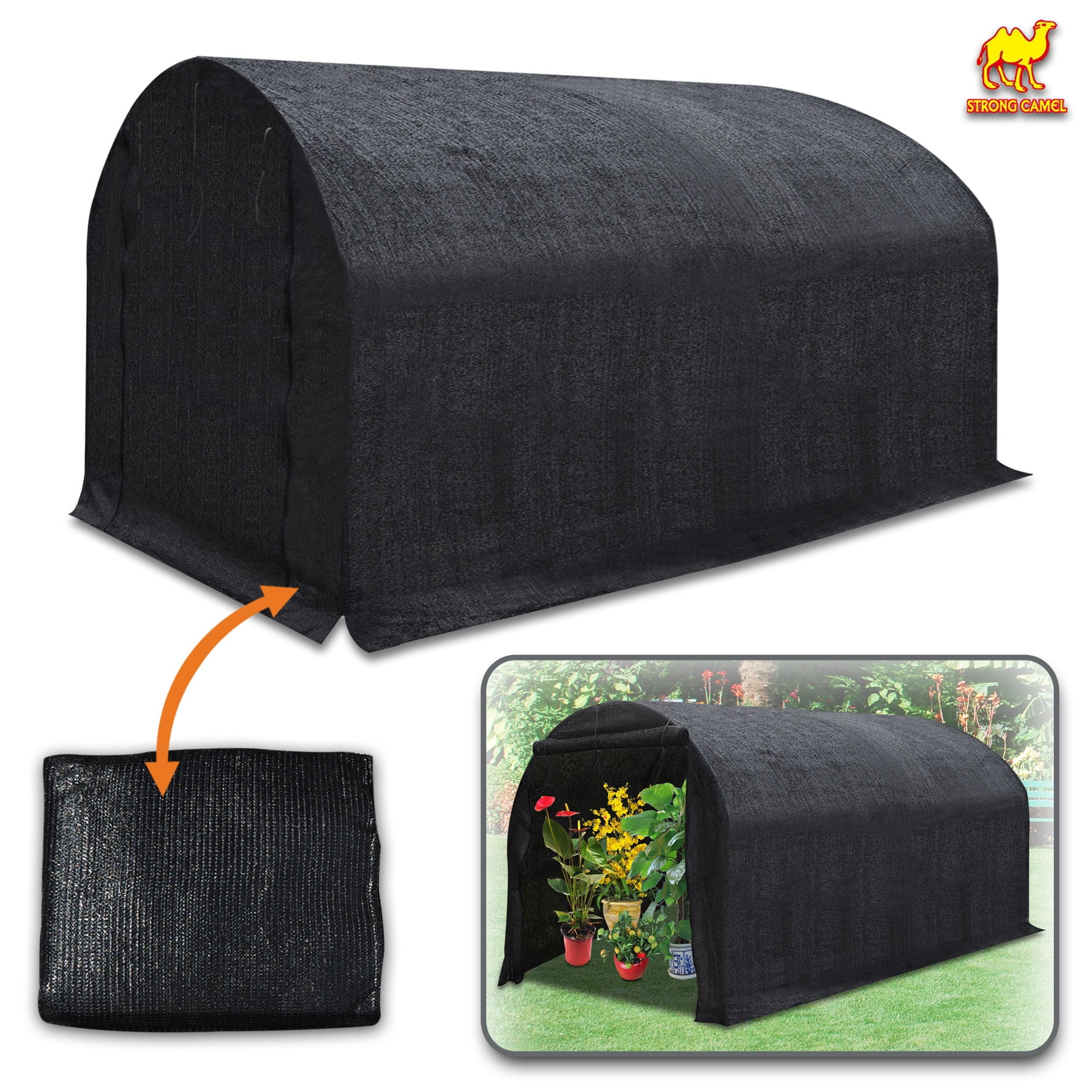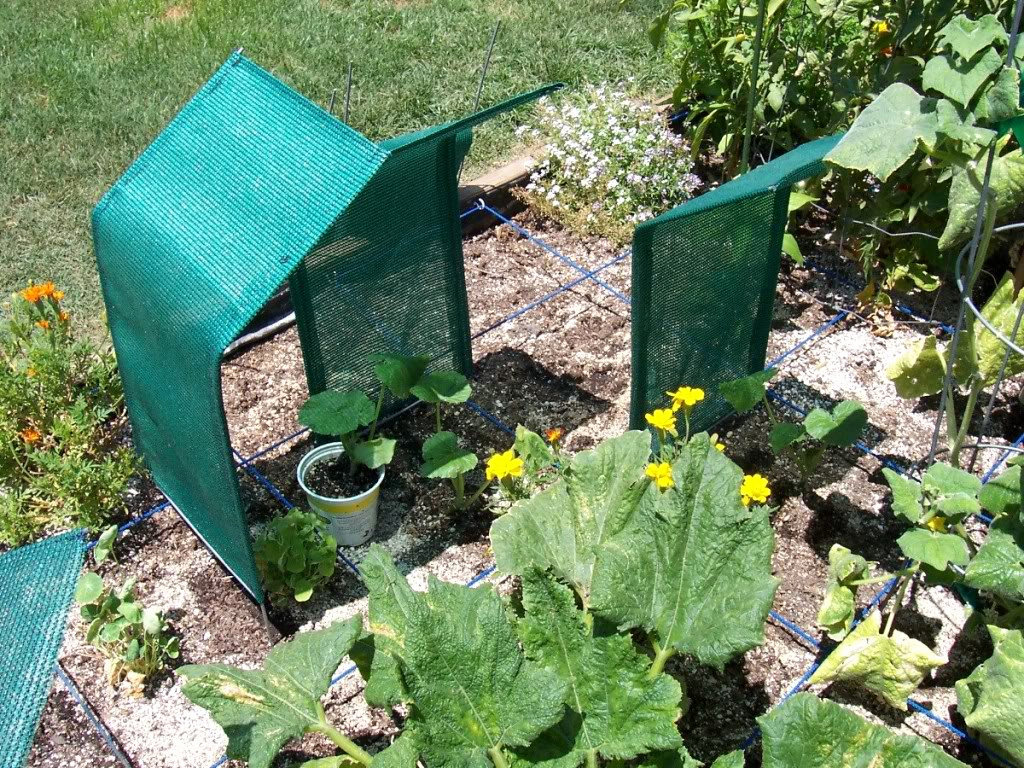
Along with this the support cables should be stainless steel instead of the more common monofilament.įor production, a good choice of screen material is the L.S. Some building inspectors require the screen be fire-retardant material when used in garden centers and greenhouses open to the public. The fire break is a section of fire-retardant material on both edges of a screen panel. Materials selected should either have a fire break installed or be fire-retardant. In a fire these can support combustion and increase the intensity of the fire.

SCREEN SHADE FOR PLANTS INSTALL
Some growers install a closed weave to get the high energy savings and then crack the screen open to allow the summer heat to escape up through the vents. For natural ventilation, an open weave allows the heat to rise through the screen when it is extended. The closed weave has a higher energy savings and is used in greenhouses with fan ventilation systems. Screens can also have an open weave or closed weave. Shade levels from 5 to 90% are available with the most common being 40 to 60%. For comparison, manufacturers list both the shade factor and the energy savings. Many screen materials are designed to provide summer shading. Look for the warranty life (usually 5 to 10 years), strength and flexibility. Other materials include knitted and woven bonded polyester, metalized high density polyethylene and polypropylene. The most common materials for energy screens are composite fabrics of alternating strips of clear and aluminized polyester or acrylic held together by a finely woven mesh of threads.

Another variation is to install a clear screen material as the energy saver and keep it extended on cloudy days when there is very little sunlight. The lower screen has a high energy rating and the upper one is mainly for shade but provides additional 10 to 15% energy savings when extended at night. Some growers in northern climates are installing a two screen system. In the rack and pinion system a tube supported on rollers and attached to a rack meshes with a pinion on the motor to moves the screen. This pulls or pushes the screen back and forth. In the cable system a drive shaft across the greenhouse moves cables that are attached to the leading edge of the screen. Two types of drive systems are used the cable drive and a rack and pinion drive. Flat systems reduce the volume of greenhouse that has to be heated. The latter two may allow heating, lighting and watering equipment to remain in place without having to move it. They can be configured flat at the lower cord of the truss or formed into a slope-slope or slope-flat-slope shape to follow the roof of the greenhouse. With this system, equipment and plants cannot be supported from the lower truss cord. They are easier to install as work is done at a lower height. Gutter to gutter or side to side systems require less material but form a larger bundle in the storage position. One motor can handle up to an acre of screen. A gear motor is needed to power the drive system. The aluminum strips can also save energy in the summer by reflecting the incoming heat back out of the greenhouse reducing fan operation.Īn energy/shade screen is a mechanical system consisting of a drive motor, support cables, energy/shade material and controls. If the material contains some aluminum, the infrared part of the heat within the greenhouse will be reflected back toward the plants reducing heat loss another few percent. Often referred to as energy blankets, they save energy by reducing the heat loss surface area, providing an extra insulation barrier and trapping a layer of dead air on both sides of the screen material. Screens Provide Insulation and Reduce Heat Loss AreaĮnergy/shade screen systems can provide 30 to 50% savings in heating costs.


They are most common in gutter-connected greenhouses but can be installed in free-standing and hoophouses. With a payback of two to four years, these systems provide a good return on the money invested. Energy/shade screen systems are one of the most common conservation measures funded by federal and state grant programs.


 0 kommentar(er)
0 kommentar(er)
